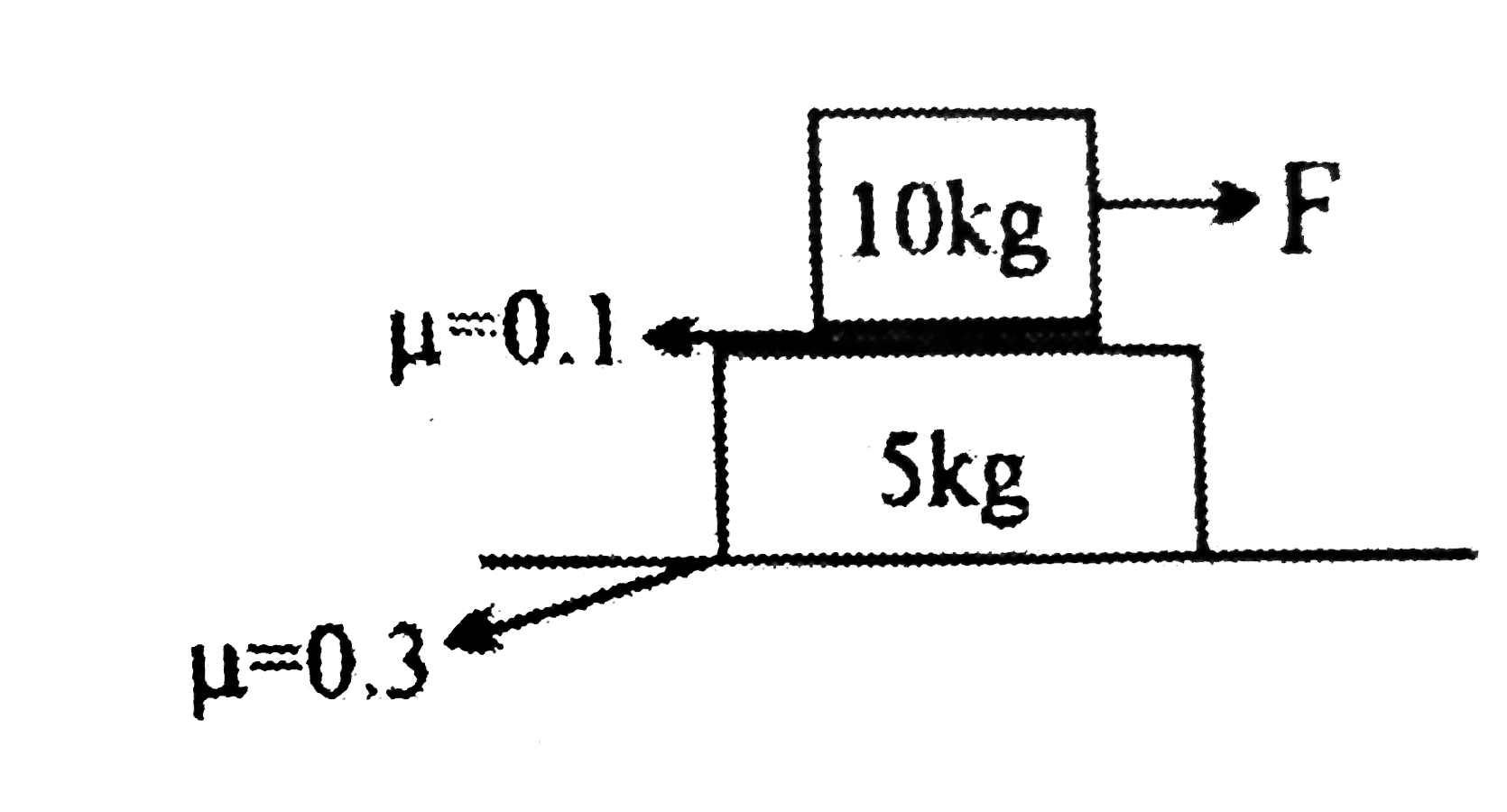(A) : When a bicycle is in motion, the force of friction exerted by the ground on the two wheels is always in forward direction.
(R ) : The frictional force only when the bodies are in contact.
Both (A) and (R ) are true and (R ) is the correct explanation of (A)
Both (A) and (R ) are true and (R ) is not the correct explanation of (A)
(A) is true but (R ) is false
(A) is false but (R ) is true
The correct Answer is:D
To solve the assertion and reason question, we will analyze both statements step by step.
Step 1: Analyze the Assertion
Assertion (A): "When a bicycle is in motion, the force of friction exerted by the ground on the two wheels is always in forward direction."
- When a bicycle moves, the rear wheel pushes backward against the ground due to the motion of the bicycle. According to Newton's third law, the ground exerts an equal and opposite force (friction) on the rear wheel, which acts in the forward direction.
- However, the front wheel does not push backward; instead, it rotates forward. The frictional force acting on the front wheel is directed backward to oppose the motion of the bicycle.
Conclusion: The assertion is incorrect because the frictional force on the front wheel is not in the forward direction.
Step 2: Analyze the Reason
Reason (R): "The frictional force acts only when the bodies are in contact."
- This statement is true. Friction is a contact force, meaning it only occurs when two surfaces are in contact with each other.
Conclusion: The reason is correct because it accurately describes the nature of friction.
Final Conclusion
Based on the analysis:
- The assertion is false.
- The reason is true.
Thus, the correct answer is: Assertion is false, but reason is true.
Assertion (A): "When a bicycle is in motion, the force of friction exerted by the ground on the two wheels is always in forward direction."
- However, the front wheel does not push backward; instead, it rotates forward. The frictional force acting on the front wheel is directed backward to oppose the motion of the bicycle.
Reason (R): "The frictional force acts only when the bodies are in contact."
Based on the analysis:
- The assertion is false.
- The reason is true.
Topper's Solved these Questions
- BOOK - AAKASH SERIESCHAPTER - LAWS OF MOTIONEXERCISE - EXERCISE - II136videos
LAWS OF MOTION
- BOOK - AAKASH SERIESCHAPTER - LAWS OF MOTIONEXERCISE - PRACTICE EXERCISE106videos
LAWS OF MOTION
- BOOK - AAKASH SERIESCHAPTER - LAWS OF MOTIONEXERCISE - Application6videos
LAWS OF MOTION
- BOOK - AAKASH SERIESCHAPTER - GEOMETRICAL OPTICSEXERCISE - ADDITIONAL PRACTICE EXERCISE (LEVEL-II PRACTICE SHEET (ADVANCED) INTEGER TYPE QUESTIONS)10videos
GEOMETRICAL OPTICS
- BOOK - AAKASH SERIESCHAPTER - LOGIC GATESEXERCISE - Exercise (Very Short Answer)10videos
LOGIC GATES
Similar Questions
Knowledge Check
- Question 1 - Select One
The frictional force between two surfaces is independent of
ANature of the surfaceBSize of the bodyCArea of contactDMass of the body - Question 2 - Select One
Frictional forces are considered to act in a direction
Aperpendicular to surfaces in contactBparallel to surfaces in contactCparallel to normal reactionDinclined 45∘ to normal reaction
In the above problem, direction of friction force is
View SolutionChoose the correct statement(s) about the frictional force between two solid surfaces in contact
View Solution
When F = 2N, the frictional force between 5 kg block and ground isView SolutionA roller of mass 500kg is attached by a light horizontal chain to a tractor of mass 500kg. Assume the force of friction exerted by the ground to be 1000N. If the system has a forward acceleration of 2ms−2, calculate (i) the total force required for the motion and (ii) the tension in the chain.
View SolutionThe limiting force of friction betwwen two bodies in contact independent of
View SolutionIn the previous problem. The friction force applied by ground on block B is
View Solution

